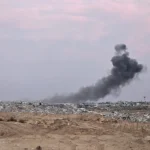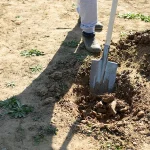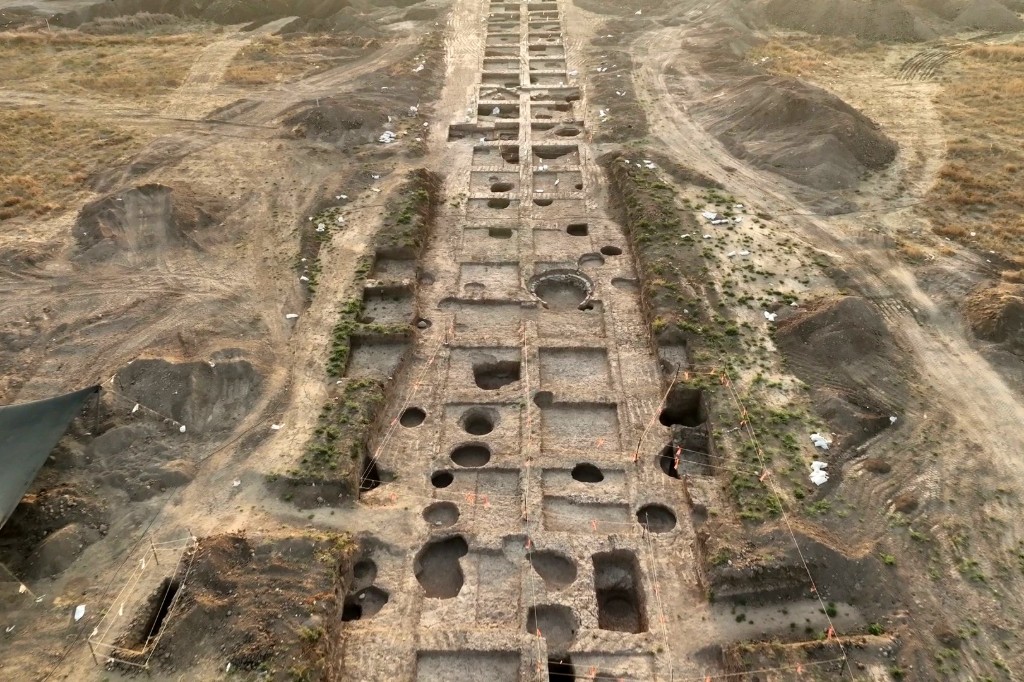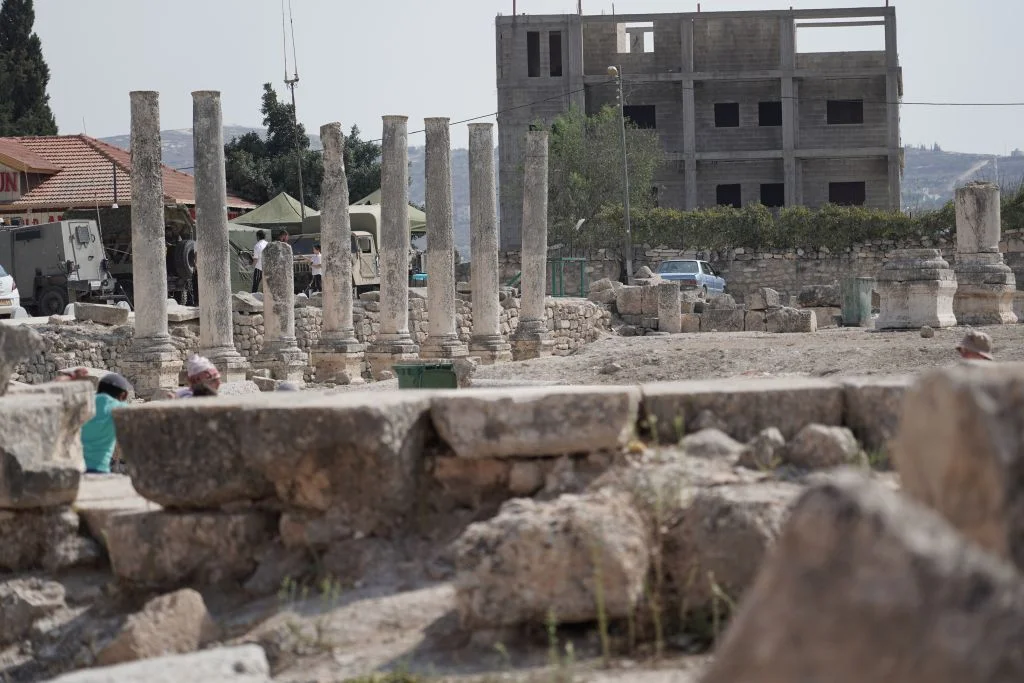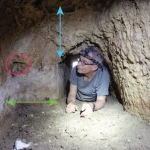Jerusalem, 28 July, 2025 (TPS-IL) — A groundbreaking archaeological discovery in Kiryat Gat has revealed a 5,500-year-old flint blade manufacturing workshop—the first of its kind found in southern Israel, the Israel Antiquities Authority announced on Monday. Uncovered during a salvage excavation ahead of neighborhood construction in the Carmei Gat area, the site offers a rare glimpse into the technological sophistication and societal complexity of the Early Bronze Age.
The excavation at the Naḥal Qomem site, also known as Gat-Govrin or Zeita, uncovered an advanced flint industry. It includes long, finely-crafted blades and, unusually, the large flint cores from which they were made.
“This is the first time such a workshop has been discovered in southern Israel,” said Dr. Martin David Pasternak, Shira Lifshitz, and Dr. Nathan Ben-Ari, the Antiquities Authority’s excavation directors. “Although evidence of the Canaanite blade industry has been discovered in the country’s center and north, there are almost no known workshops for their systematic production.”
The presence of a full-scale workshop, rather than scattered blade remnants, indicates the development of a highly organized, professional craft industry. “The discovery of a sophisticated workshop indicates a society with a complex social and economic structure already at the beginning of the Early Bronze Age,” the directors explained. “This is an important find in that it deepens the understanding of both the beginnings of urbanization and of professional specialization in the Land of Israel—phenomena that led to the establishment of large settlements and that catalyzed the creation of new social structures.”
According to Antiquities Authority prehistorians Dr. Jacob Vardi and Dudu Biton, “An advanced industry was revealed at the site, requiring an extremely high level of expertise. Only exceptional individuals knew how to produce the Canaanite blades. This is clear evidence that already at the onset of the Bronze Age, the local society here was organized and complex, and had professional specialization.”
Excavators also determined that the site had been used continuously for hundreds of years, from the Chalcolithic period through the Early Bronze Age. The settlement spans over half a kilometer—far larger than previously estimated—and contains hundreds of underground pits, some lined with mud bricks. These pits served multiple purposes, including storage, dwellings, production activities, and likely cultic or social rituals.
The most impressive artifacts are the flint cores. From these, craftspeople produced highly uniform and sharp blades that were used as knives for butchering and as agricultural tools, such as sickle blades. The production process employed surprisingly advanced technology, including a lever-and-crane-like apparatus for applying precise pressure to the stone.
“In the Early Bronze Age, humans used tools made from natural raw materials: flint, bone, stone and ceramics,” explained Vardi. “However, in this period the Canaanite blades were the main cutting tools.”
The sophistication of the industry is also evident in what was not found. “The waste fragments, the debitage, were not scattered outside the site—perhaps to better protect and preserve the professional knowledge within the group of experts,” Dr. Vardi added. “Today, we understand that this site served as a center, from which Canaanite blades were distributed across broad regions in the Levant.”
The artifacts will go on display in Jerualem during the summer.













